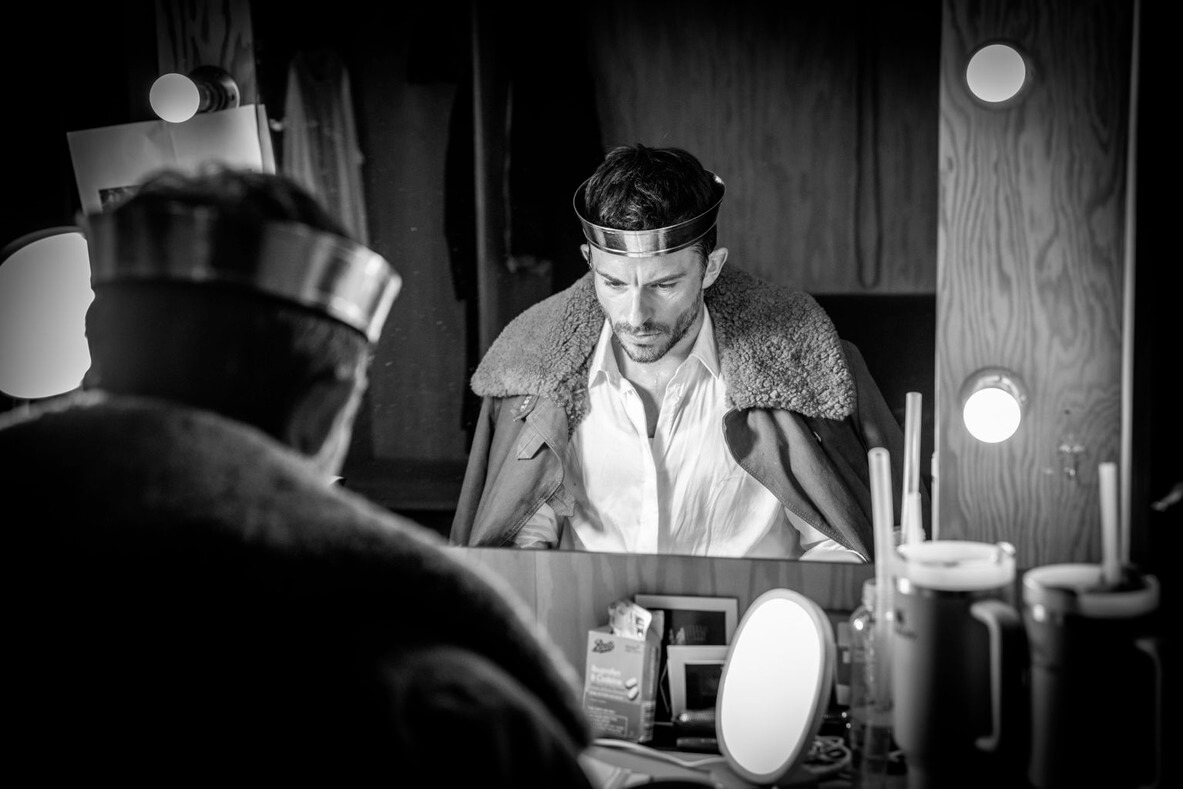 You're about to buy tickets for a brilliant West End show that has piqued your imagination. But which seats do you choose? It helps to know what the seating types mean and the kind of views you're likely to get from each area of the auditorium.
You're about to buy tickets for a brilliant West End show that has piqued your imagination. But which seats do you choose? It helps to know what the seating types mean and the kind of views you're likely to get from each area of the auditorium.
The first thing you need to know is that every theatre is different. Many of London's famous West End theatres were purpose built in the late 19th and early 20th centuries. But occasionally you find one that was originally built as a cinema, and others are much more modern.
As a general rule the newer the theatre, the better designed the interior and the more seats come with great views of the stage. The same goes for legroom – because so many theatres were built when people were, on the whole, a little shorter, legroom tends to be less of an issue in newer theatres like the National.
Definitions of theatre seating types
- The stalls – The stalls are also sometimes called the Orchestra Stalls or Orchestra Seats, simply because the orchestra, which used to accompany shows, originally sat there. These days they're usually taken over by punters, located in the lowest part of the theatre, closest to the stage. If you're too close to the stage you can miss the action or end up with a crick in your neck from staring upwards. As a rule rows 6-8 in the stalls tend to offer the best views.
- The dress circle – Also sometimes called the Royal Circle, first balcony or mezzanine, the dress circle is the next tier of seating above the stalls. Here's where you usually get the best views in the house, although if you're tall the leg room can be an issue, especially in older theatres.
- The boxes – Boxes, also called loges, are small, private seating areas designed for a limited number of people. They're usually at the front and side of the auditorium, high above stage level. Many come with excellent views but it's important to check first since boxes occasionally have seriously impeded views for one reason or another.
- The upper circle – Sometimes called the grand circle, you'll find upper circle seats in the second highest balcony. They're often very high up with remarkable views looking down if you pick your seats carefully. But bear in mind tall people sometimes struggle with the lack of leg room. Upper circle seats are usually about the same price as the rear stalls.
- Balcony or gallery – Some theatres have a third tier balcony, others don't. Avoid these seats if you are worried by heights, since they can be as much as 100 feet above the stage. Views can sometimes be impeded by the safety bars, especially if they were retro-fitted to an old theatre, and like the other balconies there's sometimes a legroom issue.
What about pillars? Don't get stuck behind one!
With enormous areas of ceiling to hold up, some theatres feature pillars throughout the auditorium. If you sit directly behind one of them you risk missing most of the show, so check before you book.
How do you find out which West End theatre seats have restricted views? You could visit the theatre website itself, if you like, or give them a call. But there's no need. It's much easier to check our search results pages, where we always clearly mention any restricted view seats so you know exactly what you're buying.
Theatre seating plans – On-site information to help you choose the best seats
Good theatre tickets websites like ours provide online seating plans for all the theatres they sell tickets for, as well as an overview of the best and worst seats in the house.
Examples of theatre seating variations
What can you expect? Anything goes. The Apollo Victoria, for example, is huge, divided into two levels and originally built as a cinema. This means the stage views are good wherever you sit, although the sheer size of the auditorium means seats at the back of the circle are a long, long way from the action. If you sit in side seats in the stalls you can sometimes hear punters enjoying themselves in the bar, but because the views are so good it's usually worth it!
At the other end of the scale there's the cosy Charing Cross theatre with fewer than 300 seats arranged over three levels, offering stalls seating plus benches and balconies each side of the stage. This theatre changes its seating to suit each production performed there, which makes it even more important to check first.
Check our seating plans before you buy tickets
Make sure you take a look at the theatre seating plan before you buy. As a rule the cheaper the tickets, the worse the view of the stage, so you can also use ticket price as a rough guide.


